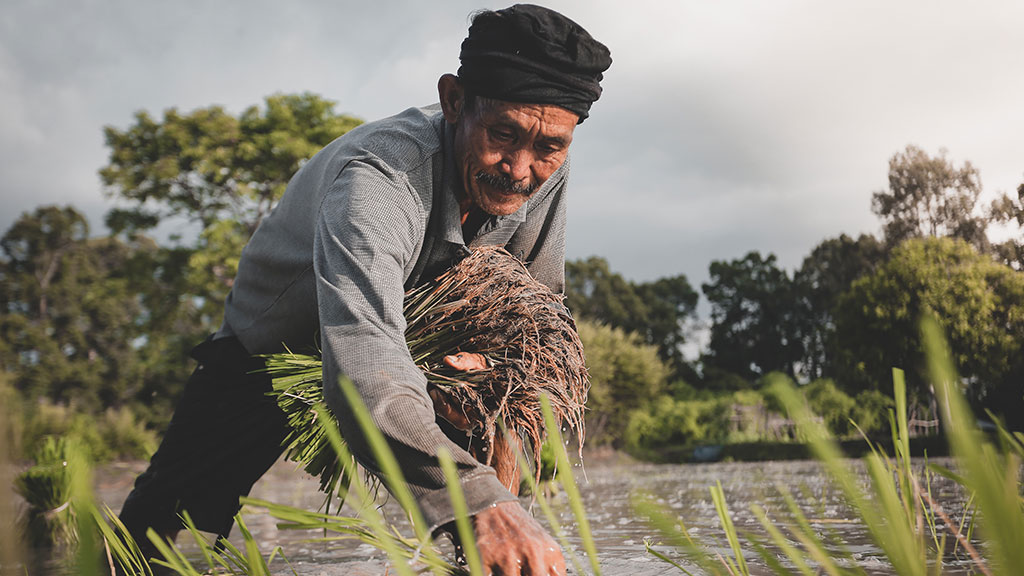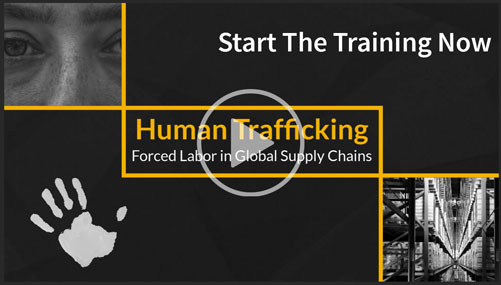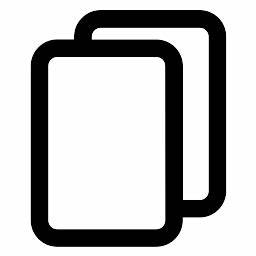Human Trafficking - Forced Labor in Global Supply Chains
Human Trafficking: Forced Labor Training for Global Supply Chains
All U.S. businesses play a role in preventing forced labor from entering the supply chain. Help your business monitor your supply chain’s compliance with laws and regulations.
This free training will:
- Help you understand the law and regulations.
- Help you identify red flags.
- Teach you how to develop a due diligence plan.
News
On June 9, 2023, the U.S. Department of Homeland Security (DHS), as the Chair of the Forced Labor Enforcement Task Force (FLETF), announced new changes to the Uyghur Forced Labor Prevention Act (UFLPA) Entity List. Effective June 12, 2023, goods produced by Xinjiang Zhongtai Chemical Co., Ltd. and Ninestar Corporation and eight of its Zhuhai-based subsidiaries will be restricted from entering the United States as a result of the companies’ participation in business practices that target members of persecuted groups, including Uyghur minorities in the People’s Republic of China. View the Federal Register Notice and visit the updated UFLPA Frequently Asked Questions page for more information.
On February 23, 2023 U.S. Customs Border and Protection released a revised Frequently Asked Questions, along with a Best Practices Guide for Applicability Reviews, and additional guidance on Executive Summaries and a Sample Table of Contents. These tools were created to assist companies seeking to comply with the Uyghur Forced Labor Prevention Act (UFLPA) and Section 307 of the Tariff Act of 1930 (19 U.S.C. 1307).
On August 4, 2022, the U.S. Department of Homeland Security (DHS), as the Chair of the Forced Labor Enforcement Task Force (FLETF), announced the publication and availability of the Uyghur Forced Labor Prevention Act (UFLPA) Entity List on the DHS UFLPA website, as well as a description of the process for revising the UFLPA Entity List. The information is detailed in the Federal Register notice. Additional information on the UFLPA may be found on DHS’ FLETF webpage.
Uyghur Forced Labor Prevention Act (UFLPA)
Forced Labor Enforcement Task Force (FLETF)
Center for Countering Human Trafficking
U.S. Customs and Border Protection (CBP) Forced Labor Division
List of Goods Produced by Child Labor or Forced Labor
List of Products Produced by Forced or Indentured Child Labor
Annual Trafficking in Persons Report
Annual Country Reports on Human Rights Practices
Paying to Work: The High Cost of Recruitment Fees (PDF)
Trafficking in Persons Report 2015
(Introduction focuses on supply chains)


